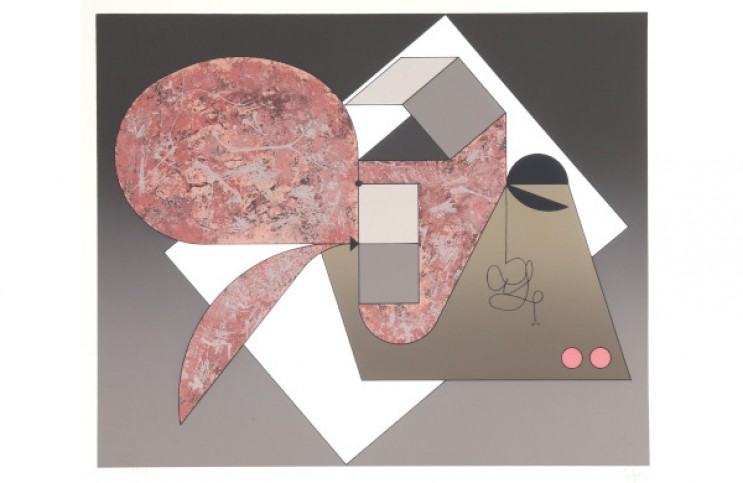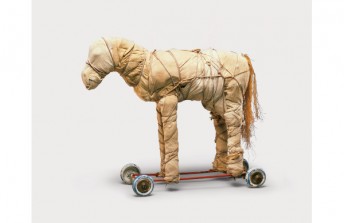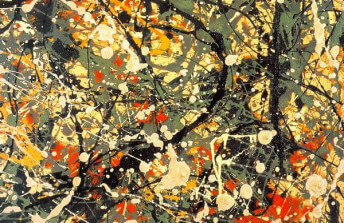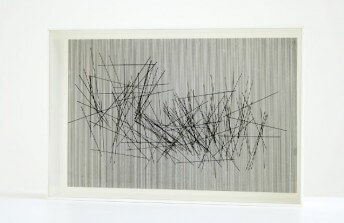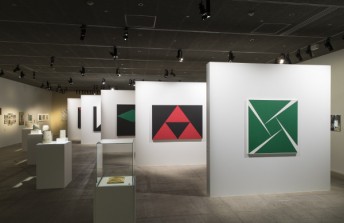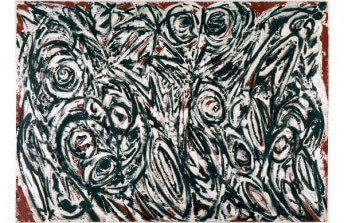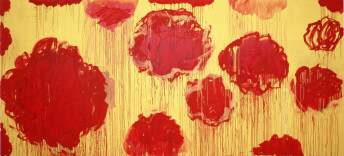Art Beyond Mexican Muralism - Manuel Felguérez Barra
Jun 17, 2020
Mexican artist Manuel Felguérez Barra has died at age 91 - one of nearly half a million members of the human family whose lives have so far been taken by COVID-19. A legend, whose abstract paintings were an essential inspiration to generations of Mexican artists in the aftermath of World War II, Felguérez is rightfully being remembered as a revolutionary artist. His work was influential in reshaping Mexican attitudes towards abstract art at a time when realism and figuration were dominant. But when people call him a revolutionary, they mean much more than that he bucked a prevailing trend. What Felguérez and his contemporaries accomplished went far beyond a simple rejection of convention. Felguérez served as an example to all Mexican artists, and to all artists everywhere, of the rich and complex potential that exists within every individual, and the beauty that can manifest when we become unafraid to express ourselves honestly. The death of a beloved artist is always a sad thing, but it is less sad when the deceased is one of the rare someones who actually lived. Felguérez was such an artist. Through his singular artistic legacy, taught us about the profundity, the horror, the messiness, the ecstasy, and the virtue of the individualized human spirit.
From Solitude to Singular
Born in 1928 in the Mexican state of Zacatecas, Felguérez discovered his vocation as an artist while visiting Europe as a teenager. He began his art studies in France in the years after World War II, gravitating towards abstraction. This was not unusual: an expatriate artist going to Europe after the war to learn about abstract art. For a Mexican artist, however, it was antithetical to cultural tradition. The essay The Labyrinth of Solitude, by the Mexican poet Octavio Paz, elucidates how truly revolutionary Felguérez was when he embraced abstraction. Written in 1945, while Paz himself was living in Paris, the essay lays bare the social conventions that helped inspire widespread adoption of the type of Realist art embodied by Mexican Muralism in the years following the Mexican Revolution. Best known internationally through the works of artists like David Alfaro Siqueiros, Diego Rivera, and José Clemente Orozco, Mexican Muralism centered figurative images of everyday people. At the time, the majority of Mexican farmers and workers were illiterate, so the narrative images in murals offered a chance to tell stories about the history, the present and the future of Mexica, and to disseminate a new, post-colonial vision of Mexican society that could be shared with all Mexicans, regardless of whether they could read or write.
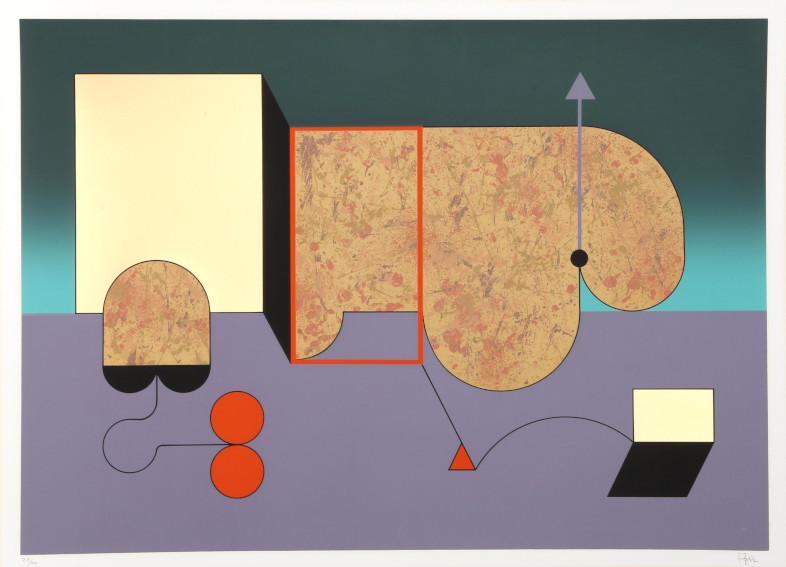
Manuel Felguérez Barra - Untitled 2, 1970. Silkscreen. Edition: 27/100. 21 × 29 in. (53.3 × 73.7 cm). RoGallery
However, as Paz lays out in The Labyrinth of Solitude, the images of Mexican culture that were communicated through Mexican Muralism largely seem to specifically deny the existence of an individualized, inner life. They offer a stoic, often heroic vision of a people hiding their vulnerabilities behind recognizable, but impenetrable masks: caricatures, such as the farmer, the worker, the businessman, the soldier, the politician, the protecting husband, the adoring wife, or the humble mother. Colonialism teaches its victims to hide their weaknesses, and protect their privacy. Part of the power of all heroic, Realist art is that it portrays an orderly, idealized culture full of readymade identities, behind which individuals can hide their personal frailties and inconsistencies. To Mexican artists like Felguérez, who felt constrained by the characterizations offered by Mexican Muralism and other types of Realist art, abstraction was seen as a path towards unlocking the true complexities of the living individual. Abstract art may not be as recognizable as the works of Mexican Muralism, but Felguérez reasoned that it could at least unlock the possibility that something singular and truthful might be communicated in his art.
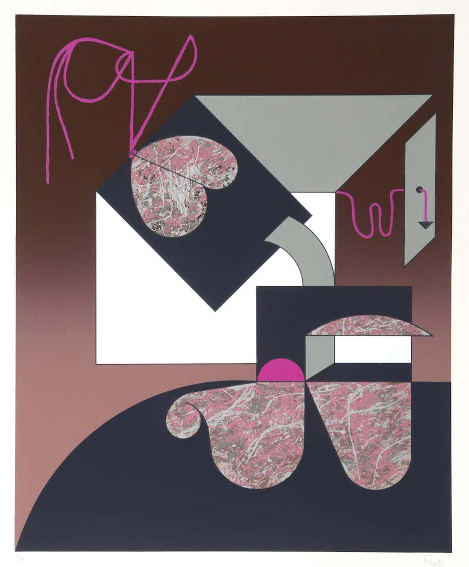
Manuel Felguérez Barra - Untitled 1, 1970. Silkscreen. Edition: 9/100. 25 × 21 in. (63.5 × 53.3 cm). RoGallery
The Rupture Generation
The highly personal aesthetic language Felguérez developed is full of emotionally charged gestural marks that indicate a method completely connected to, and emanating from, the passions of his physical body. His compositions contain a wry mixture of flatness and impasto, blending geometric shapes, ambiguous color fields, and ecstatic splatters into complicated, yet harmonious visions. Both his earth-bound color palette and the ever-present back and forth between freedom and structure in his paintings suggests an artist who was intimately connected to nature. More than a representation of something revolutionary, Felguérez was himself the embodiment of revolution. And he was not by any means alone in his effort to create an authentic tradition of Mexican abstract art. Throughout the 1950s and 60s, he was joined by scores of other artists - including Beatriz Zamora, Lilia Carrillo, Vicente Rojo Almazán, Pedro Coronel, José Luis Cuevas, Alberto Gironella, and Enrique Echeverría - each of whom worked to create individualized abstract artistic languages for themselves.
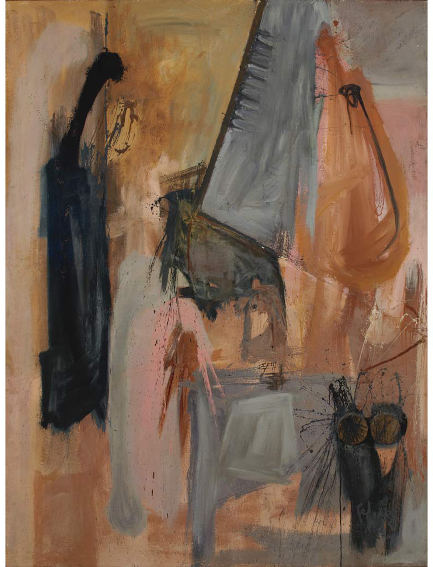
Manuel Felguérez Barra - Pintura No. 12, 1960. Oil, wood and string on shaped canvas. 79 x 59 in. C Estate of Henry Balter. Doyle New York
Rejected at first by home audiences, Felguérez and his contemporaries eventually managed to change public tastes. Yet, it is difficult to really say that they were part of a movement, exactly. While each of these artists was aware that their work was challenging the same tradition of figuration and Mexican Muralism, each of their aesthetic positions was highly individuated. They were only loosely connected through a common social philosophy that embraced abstraction and the freedom to express individual truth. It was not until the 1980s, when an exhibition at the Museo de Arte Carrillo Gil in Mexico City brought their works together in an exhibition called Ruptura: 1952-1965, that they were canonized under the term Generación de la Ruptura, or the Rupture Generation. Perhaps something was ruptured by these abstract artists. They certainly did help destabilize the cultural forms of the past. Although, they also emerged out of the rupture created when the whole of Mexican society was awaking from colonial history and reaching towards a deeper understanding of their communal and individual souls. Whatever name they are given as a collective, Felguérez and his contemporaries should be celebrated for what they undeniably were, and still are: paragons of the spirit of individuality, and pioneers in the field of abstract art.
Featured image: Manuel Felguérez Barra - Cigarra Plateada, 1970. Silkscreen. Edition: 9/100. 21 × 25 in. (53.3 × 63.5 cm). RoGallery
All images used for illustrative purposes only
By Phillip Barcio
